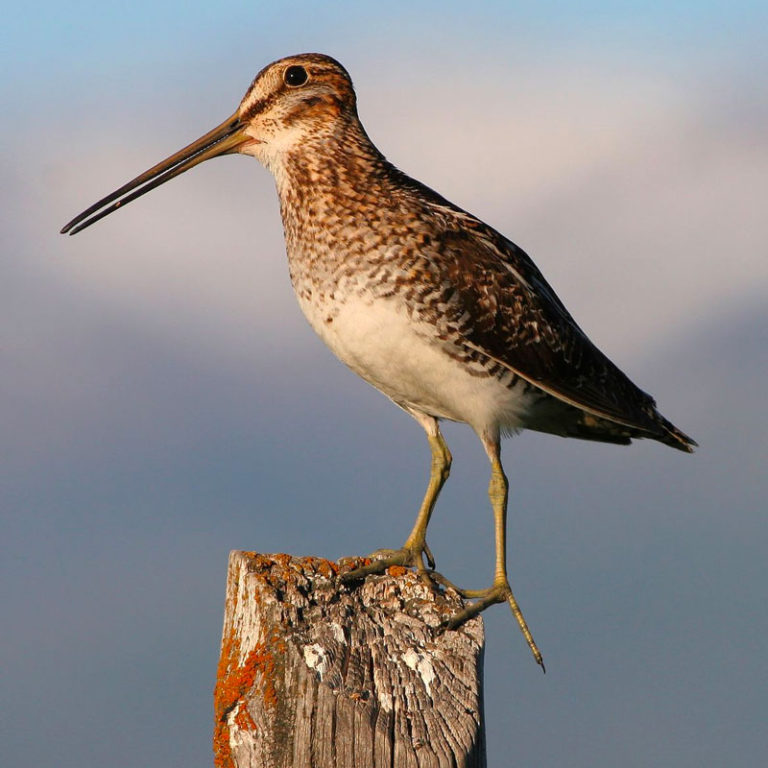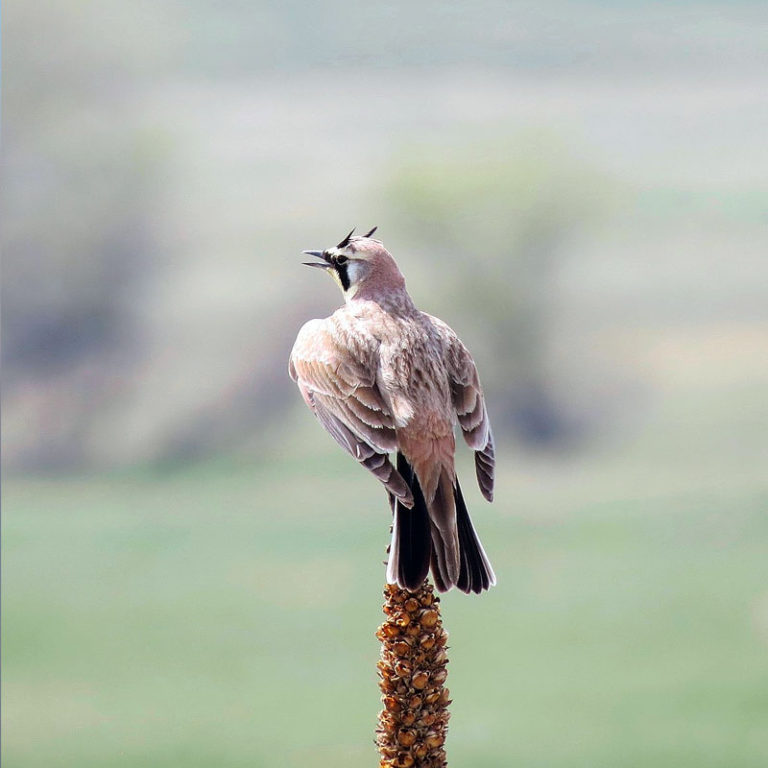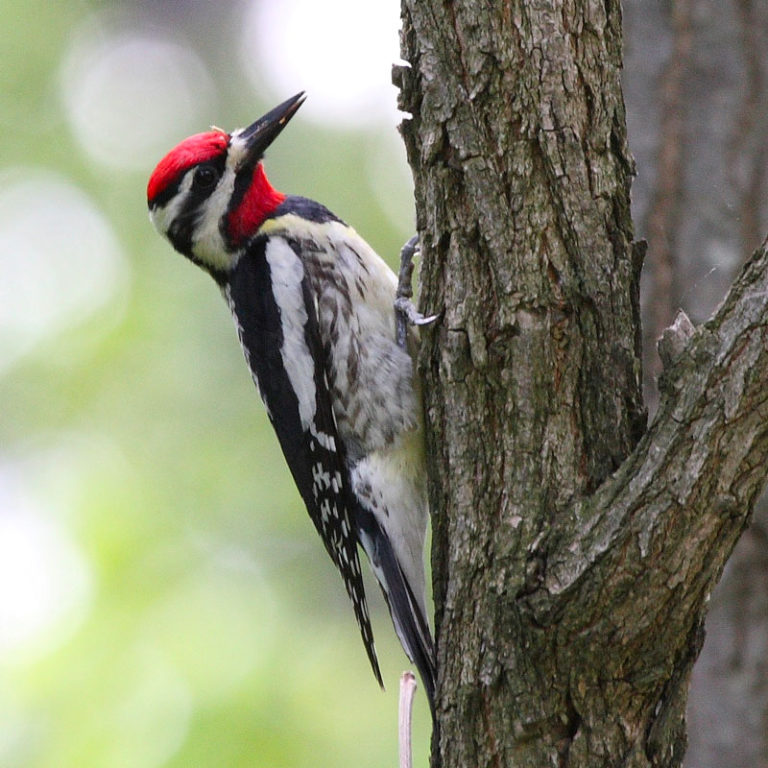Providing habitat, food, and nesting options for birds is central to the mission of Van Der Brohe Arboretum. As a component of the migratory stopover, there will be an abundance of food bearing plants, shrubs, and trees.
Breeding birds and winter visitor birds from listings of birds routinely observed in neighboring parks and open spaces were reviewed to developed the list of targeted bird species for the habitat present and proposed to be restored.
We’re on eBird!
Help us by recording your sightings!
Visit now.
This list represents the birds that are likely to show up on the site. Some species will be migratory and temporary inhabitants, others are year-round. Some are non-native; these are omni-present in the neighborhood and already using the site.
The birds have been divided up into a matrix by the habitat type each bird is likely to use on site, which associates with the variety of plant communities proposed for the site: avian plots, native ground plane seed mixes, arboretum collection parterres, and restored wetland areas.
Nomenclature uses ABA taxonomy. Read more about the development of our lists.
Wetlands
Wetlands support a variety of birds requiring this unique environment. Wetland areas will be restored, planted, and maintained to insure the availability of such an ecology.
- Canada Goose (Branta canadensis)
- Blue-winged Teal (Spatula discors)
- Mallard (Anas platyrhynchos)
- Ruby-throated Hummingbird (Archilochus colubris)
- Sora (Porzana carolina)
- Sandhill Crane (Antigone canadensis)
- Killdeer (Charadrius vociferus)
- American Woodcock (Scolopax minor)
- Wilson’s Snipe (Gallinago delicata)
- Ring-billed Gull (Larus delawarensis)
- American Bittern (Botaurus lentiginosus)
- Great Blue Heron (Ardea herodias)
- Green Heron (Butorides virescens)
- Northern Harrier (Circus hudsonius)
- Eastern Kingbird (Tyrannus tyrannus)
- Purple Martin (Progne subis)
- Sedge Wren (Cistothorus platensis)
- Swamp Sparrow (Melospiza georgiana)
- Red-winged Blackbird (Agelaius phoeniceus)
- Common Yellowthroat (Geothlypis trichas)
- Yellow Warbler (Setophaga petechia)
Birds are dependent on the fruits, nuts, and seeds of trees, thickets, and grasslands. More important for many is the variety and plentitude of the insects which these plantings harbor. While the viburnum plantings and fruiting trees will provide valuable berries, the trees, especially oaks, will provide a feast of insects.
Grasslands
- Ring-necked Pheasant (Phasianus colchicus)
- Wild Turkey (Meleagris gallopavo)
- Mourning Dove (Zenaida macroura)
- Sandhill Crane (Antigone canadensis)
- Killdeer (Charadrius vociferus)
- Northern Harrier (Circus hudsonius)
- Red-tailed Hawk (Buteo jamaicensis)
- Northern Flicker (Colaptes auratus)
- American Kestrel (Falco sparverius)
- Eastern Kingbird (Tyrannus tyrannus)
- Horned Lark (Eremophila alpestris)
- Purple Martin (Progne subis)
- Tree Swallow (Tachycineta bicolor)
- Barn Swallow (Hirundo rustica)
- Sedge Wren (Cistothorus platensis)
- Eastern Bluebird (Sialia sialis)
- American Robin (Turdus migratorius)
- American Goldfinch (Spinus tristis)
- American Tree Sparrow (Spizelloides arborea)
- Chipping Sparrow (Spizella passerina)
- Savannah Sparrow (Passerculus sandwichensis)
- Song Sparrow (Melospiza melodia)
- White-throated Sparrow (Zonotrichia albicollis)
- White-crowned Sparrow (Zonotrichia leucophrys)
- Eastern Meadowlark (Sturnella magna)
- Orchard Oriole (Icterus spurius)
- Indigo Bunting (Passerina cyanea)
- Dickcissel (Spiza americana)
Within the Arboretum, there will be mass plantings of high shrubs. While these will be unkempt, they will provide shelter and nesting sites.
Forests and Shrubs
- Wild Turkey (Meleagris gallopavo)
- Yellow-billed Cuckoo (Coccyzus americanus)
- Chimney Swift (Chaetura pelagica)
- Ruby-throated Hummingbird (Archilochus colubris)
- Sharp-shinned Hawk (Accipiter striatus)
- Cooper’s Hawk (Accipiter cooperii)
- Eastern Screech-Owl (Megascops asio)
- Great Horned Owl (Bubo virginianus)
- Yellow-bellied Sapsucker (Sphyrapicus varius)
- Downy Woodpecker (Dryobates pubescens)
- Hairy Woodpecker (Dryobates villosus)
- American Kestrel (Falco sparverius)
- Great Crested Flycatcher (Myiarchus crinitus)
- Eastern Kingbird (Tyrannus tyrannus)
- Eastern Wood-Pewee (Contopus virens)
- Eastern Phoebe (Sayornis phoebe)
- Warbling Vireo (Vireo gilvus)
- Red-eyed Vireo (Vireo olivaceus)
- Blue Jay (Cyanocitta cristata)
- American Crow (Corvus brachyrhynchos)
- Black-capped Chickadee (Poecile atricapillus)
- Red-breasted Nuthatch (Sitta canadensis)
- White-breasted Nuthatch (Sitta carolinensis)
- Brown Creeper (Certhia americana)
- House Wren (Troglodytes aedon)
- Eastern Bluebird (Sialia sialis)
- American Robin (Turdus migratorius)
- Gray Catbird (Dumetella carolinensis)
- Brown Thrasher (Toxostoma rufum)
- Cedar Waxwing (Bombycilla cedrorum)
- House Finch (Haemorhous mexicanus)
- Eastern Towhee (Pipilo erythrophthalmus)
- Chipping Sparrow (Spizella passerina)
- Fox Sparrow (Passerella iliaca)
- White-throated Sparrow (Zonotrichia albicollis)
- White-crowned Sparrow (Zonotrichia leucophrys)
- Dark-eyed Junco (Junco hyemalis)
- Orchard Oriole (Icterus spurius)
- Baltimore Oriole (Icterus galbula)
- American Redstart (Setophaga ruticilla)
- Northern Cardinal (Cardinalis cardinalis)
- Rose-breasted Grosbeak (Pheucticus ludovicianus)
- Indigo Bunting (Passerina cyanea)




